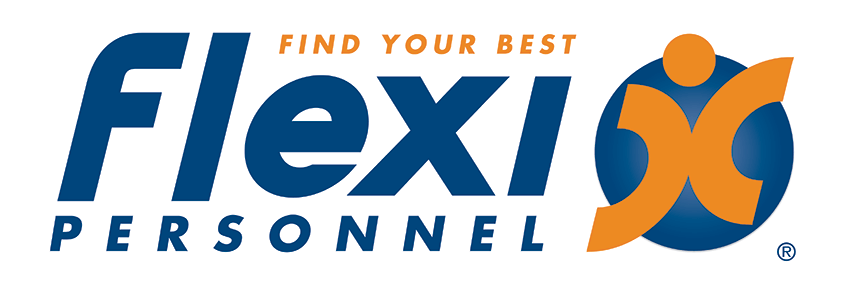
How to retain your staff in a competitive recruitment market
There’s no doubt that it’s a candidate’s market. This means that there are more job vacancies than there are candidates looking for work. This is due in part to many workers re-considering their futures but also due to the impact the pandemic has had on Australian immigration. With less skilled workers moving across countries for work, the candidate pool has decreased. Australia’s unemployment rate is currently 4.2% (February 2022) and Employers are facing a challenging time both recruiting for vacancies and retaining skilled staff. Here are our recommendations:
Provide flexibility
Employees have experienced close to 2 years of flexible work, where they have been able to work from home successfully. When faced with the prospect of returning to the office full time, many are keen to maintain a flexible approach to their work, many opting for a hybrid approach. In fact 70% of Australian employers offer a flexible approach to work. According to the Business Case for Workplace Gender Equality Agency, Flexibility is key to:
- Improved organisational productivity
- An enhanced ability to attract and retain employees
- Improved employee wellbeing
- An increased proportion of women in leadership
- Future-proofing the workplace
Measure & evaluate employee retention
There are a number of metrics that should be measured to understand where your business sits in retaining talent. Some of these include new hire retention, retention of star performers, retention of under performers and average length of employment.
Develop a strong EVP, from the inside out
An Employer Value Proposition that is an accurate reflection of your company culture, values and vision is important to both retain current talent and reduce your time to hire. Employees need to be aligned to an overarching vision that is greater than their contribution and their job. The EVP needs to resonate with your team and can help maintain momentum during challenging times.
Challenge and reward your staff
Employees need to both be challenged by working across projects or cross-functional teams but also to receive recognition for their efforts. In fact, challenging and rewarding employees is a key component to increasing staff engagement. An engaged staff member is far less likely to be attracted to external opportunities.
Develop an employee mobility strategy
Your team is more likely to stay with your business if they can see a future with you. Part of this involves developing employee pathways where employees can move through a variety of different roles but in an upward trajectory. There are a number of platforms that can support the development of robust employee mobility strategies.If you would like support with developing frameworks to help retain key staff, speak to the HR Consulting team at Flexi Personnel.





